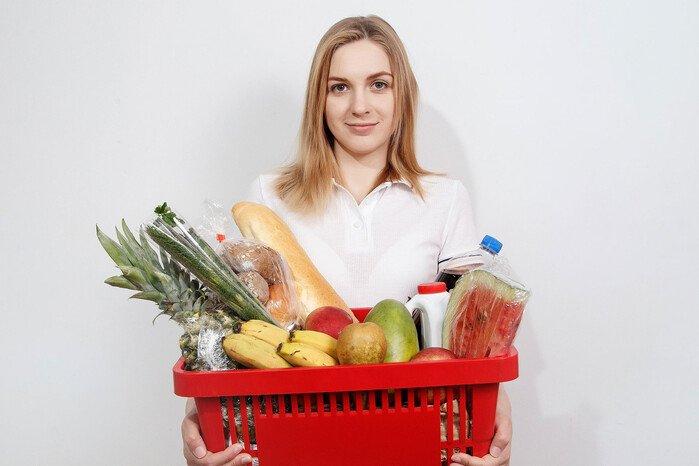One effect of the Covid-19 pandemic is that many people are choosing to cook and “eat in” more regularly. That is one reason for the marked increase in foodstuff packaging waste volumes in the past year. According to a survey of waste management services by the Bundesverband der Deutschen Süsswarenindustrie (Federal Association of the German Confectionery Industry), the lockdowns in spring and autumn 2020, in particular, led to a sharp rise in glass, plastic and metal packaging volumes in private households. But other recent surveys suggest there has been a significant rise in packaging waste in Germany in any case, quite independently of this factor. To bring these volumes down, Germany’s Packaging Act (Verpackungsgesetz), which came into force in 2019 and has undergone a number of amendments since, requires the weight and volume of packaging to be reduced to a minimum. To improve the sustainability balance of their packaging, many businesses are therefore replacing plastics with other materials.
But even if paper can be used as an alternative to plastic, it is not always environmentally meaningful to do so, considering the power and water consumption involved in producing and recycling paper, for example. In addition, especially in the foodstuffs industry, the barrier effects of paper are often inadequate, which means it has to be given a plastic coating. The resulting multimaterial mix is then very difficult to recycle – if at all – and ultimately ends up in the incinerator, which is one of the worst possible outcomes in terms of sustainability.
Monomaterials are easy to recycle
In general, however, plastic is easy to reuse – if the packaging is designed to be recycling-friendly. Previously, flexible plastic films have been available that offer a good barrier effect against oxygen or water vapour, and consist of several layers to block the relevant gas. These multimaterial films are not recyclable, however, since it is not possible to separate them out. But instead of several different plastics and paper or cardboard packaging, it is often enough to use a single film made of a single material with an appropriate coating. These monomaterials are easy to recycle. Under the Packaging Act, these are defined as materials containing no more than 5 percent of other substances by weight.
The Fraunhofer Institute for Process Engineering and Packaging (IVV), for example, is therefore focusing on developing packaging materials that can be classified as monomaterials but still provide the same protective function as the current multimaterials in terms of the barrier effect for the products they contain. The researchers presented the latest results at FACHPACK 2021. To create a barrier against the gases in question, they integrated various nanoparticles in selected coatings and adhesives as part of the BarriFlex project. The goal of the project is to develop high-performance, lowcost barrier films with a low carbon footprint that can be used as flexible packaging, and are based on a single material.
Thinner films reduce packaging waste
As a packaging material, polypropylene on its own serves as an excellent barrier against moisture and has good recycling properties. Special manufacturing processes can save even more packaging material by making the films thinner. Instead of trays, for example, thinner films can be used for pillow bags. That is a helpful way of scoring sustainability points in the retail trade, since many retail firms require their suppliers to reduce the weight and volume of their packaging, and set the example with their own brands.
Aldi, for example, has announced that it wants to reduce the amount of material used in its own brand packaging by 30 percent by the end of 2025. For individual products, Aldi Süd claims it is already saving 165 tonnes of plastic a year through measures such as doing without an additional lid. REWE has already taken this step with some yoghurts in its own “ja!” brand, offering customers a reusable silicon lid they can use to close the tub again at home. In addition, REWE aims to use a total of 20 percent less plastic for its own-brand packaging by the end of 2025.
Regardless of which foodstuff retailer you prefer, a glance into the shopping trolley will show that many familiar items have been clothed in new and, in most cases, more sustainable packaging in recent months. Even using plastic it is possible to combine sustainability with food safety in this way. Potential adjustments range from reducing empty spaces in the packaging to going without unnecessary components such as sleeves, top seals and lids, and making use of thin monofilms. The benefit here can be seen in the climate balance of the logistics process: saving weight uses less fuel. And more products can fit on a pallet, which means fewer journeys to the retail outlets.
NürnbergMesse GmbH
Messezentrum
90471 Nürnberg
Telefon: +49 (911) 8606-0
Telefax: +49 (911) 8606-8228
http://www.nuernbergmesse.de
Telefon: +49 (911) 860683-55
Fax: +49 (911) 86061283-55
E-Mail: christina.freund@nuernbergmesse.de
![]()

